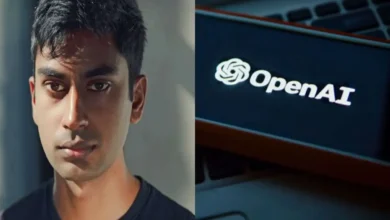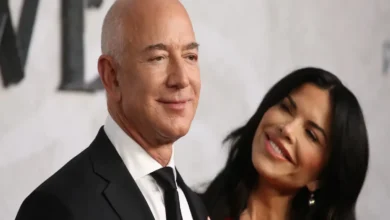Why Luxury Cars Sale Are Booming In India In 2022?

Why Luxury Car Sales Are Booming in India in 2022?
International corporate houses have always been drawn to the Indian market. The Maharajas of yore, who were the ultimate buyers of luxury cars and consumer products, serves as a historical display of their long connection with the luxury and lifestyle goods business. Whether it be in the fields of fashion, accessories, beauty, health, or automobiles, numerous companies have enjoyed great success.
Everything halted for a few months in 2019 when the deadly virus struck. Industries suffered, and the state of the world economy was dire. The next months were unpredictable and full of worry as the world limped towards normalcy.
A few years later, the Covid-19 pandemic’s effects on the planet have come back with a vengeance. The market for luxury vehicles has reached pre-pandemic sales levels and is expected to continue to expand. The Indian luxury car market, which was valued at USD 1.06 billion in 2021, is anticipated to expand by 7% CAGR to USD 1.54 billion by 2027.
“Our order book is very full heading into 2022. The trajectory appears positive based on what we have observed in the first five months, “says Sharad Agarwal, head of Lamborghini India.
“Since Covid, the market has made a significant recovery. One of the best requests we have ever seen in India is what we are seeing right now. We produced close to 4,000 automobiles during the first quarter, and we currently have an order bank of almost 5,000 cars. Santosh Iyer, vice president of sales and marketing for Mercedes-Benz India, stated, “We have never witnessed such a strong booking, order bank.
Luxury Cars and the Indian Market
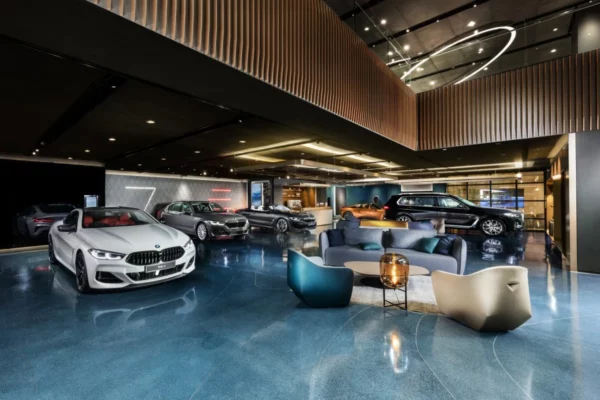
Mercedes-Benz entered the Indian market as the country’s first luxury automaker in 2004. It had a market hegemony up until 2006 when BMW debuted there. Audi soon after, in 2007, followed suit.
These three businesses have competed for the top rank in terms of sales volume over the years and have occasionally supplanted one another. The main cause of this was the introduction of new products, especially the smaller and more cheap models.
These top three businesses experienced a significant increase in sales and YOY growth of about 82 percent in 2010. This resulted from an increase in the number of wealthy people. The Indian economy and available income were both booming. This indicated a rise in customer confidence and readiness to spend money on a high-end vehicle.
The automobile industry’s biggest setback occurred in 2016. Demonetization is the main justification. Of course, the reduction in diesel vehicle sales during the first half of the year also played a part. Thus, the industry experienced a significant decline in sales volume for the first time in ten years.
The Indian government revised its luxury car-specific GST structure in 2017. The luxury automobile market recovered and the sales number was back on track in spite of this and the moderate growth in overall sale volume. For all of the luxury automobile manufacturers in the Indian market, 2017 ended up being the best year.
In the first half of 2022, luxury vehicle sales in India increased at a robust double-digit rate.
In spite of inflationary pressures and prolonged waiting periods, sales of luxury automobiles in the local market increased by a solid double-digit rate in the first half of the year.
According to industry estimates, 17,000 luxury automobiles were sold in the nation between January and June 2022, a 55 percent increase over the 11,000 units sold during the same time last year. Senior industry leaders claim that the demand is pressuring companies to work hard to increase output throughout the next holiday season and resolve supply constraints.
Thanks to the launch of new products and enduring demand for current models, Mercedes-Benz India reported its highest-ever second-quarter sales. Despite significant obstacles, such as ongoing supply-side problems on a global scale that prolong wait times and continuously increase operational costs, the record sales last quarter were achieved.
Retail sales at the company increased overall by 56 percent in the first half of the year to a record 7,573 units. The first half was among our best-ever, according to Martin Schwenk, Managing Director & CEO, Mercedes-Benz India, with the exception of H1 2018.
Overall, having a strong product variety and steady customer demand was advantageous. We have not noticed any negative effects over the past few weeks, despite certain macroeconomic worries.
However, supply shortages continue to be the cause of industrial delays and failures. At the conclusion of Q2 2022, Mercedes-Benz had a backlog of orders of over 6000 automobiles, a major increase from the 4000 vehicles it had at the end of Q1 2022.
Mercedes-Benz said that despite expecting the semi-conductor shortage to continue in the coming months, it would nevertheless make an effort to boost production, satisfy consumer demand, and reduce wait times.
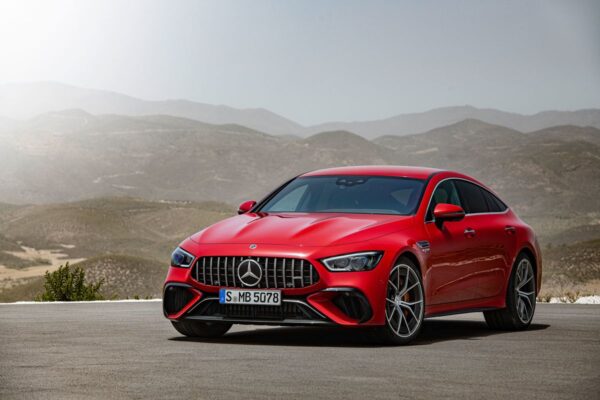
We have a sizable order backlog of more than 6000 cars, which makes our market view very positive, said Schwenk. We’re also attempting to improve production to keep up with demand. However, despite these supply issues, we think 2017 could be Mercedes’ best year ever in India. The automaker previously reported a 2018 top sales total of 15,538 vehicles.
Competitor BMW also claimed record sales of 5,570 vehicles (including 379 MINIs) during the first half of the year in the nation. Despite the volatility caused by several factors in the local and international market, BMW, MINI, and BMW Motorrad have achieved their best-ever half-yearly sales performance.
We are trying everything we can to satisfy the soaring demand, but the majority of the products are now sold out. The order books are full, and the pipeline for the following months is very robust, according to Vikram Pawah, President of BMW Group India.
Sales of luxury vehicles recovered after the epidemic and climbed by 40% to roughly 25,000 units in 2021. Mercedes-Benz increased sales 42.5 percent to 11,242 vehicles in 2021, despite starting from a low base, maintaining its dominance of the premium car market for the seventh consecutive year. The company plans to introduce 10 new goods this year in an effort to maintain the current momentum.
In 2018, the local market had 40,000 premium car sales at its height.
Where do you foresee sales of luxury vehicles this year?

In terms of volumes, 2022 should be one of our finest years ever based on the sales performance of Q1, 2022, as we anticipate exponential growth this year. We are working hard to fulfill a substantial order bank of more than 5000 automobiles for consumers.
Even before its official launch, the new C-Class has more than 1,000 confirmed reservations. The industry may not yet surpass the 2018 numbers, but we anticipate that all the companies will increase their volumes in 2019.
The market for luxury SUVs is expanding quickly across the nation.
The market is projected to experience significant expansion as luxury SUVs become more popular with consumers who previously preferred luxury sedans and premium hatchbacks. International automakers like BMW, Mercedes Benz, Volvo, and Audi create new models each year to suit the demand that is always increasing. For example,
The first SUV to bear the Maybach brand name was introduced by Mercedes-Benz in June 2021 with the release of the Mercedes-Maybach GLS 600Range Rover debuted the high-performance version of the Range Rover Sport, the Range Rover Sport SVR, in June 2021. The SUV includes features like heated front and rear seats, a driver health monitor, 360-degree parking assistance, and many more.
The COVID-19 epidemic did, however, have an impact on luxury car sales in 2019 and 2020. Customers were compelled to stay indoors due to the government-imposed statewide lockdown, and automobile manufacturers across the nation were forced to temporarily halt their production as the supply chain was severely disrupted.
However, a number of state governments have begun to loosen the prohibition, allowing various manufacturers to continue the production of vehicles, in an effort to avert an economic catastrophe.
Among the luxury automobile manufacturers, Volvo experienced the most growth. The new SUV lineup from the corporation is more popular. Volvo Cars introduced the BS-VI compliant XC40 T4 R-Design petrol model in India in December 2019 for INR 39.9 lakh. The XC40 is the only car in its segment, according to the manufacturer, to incorporate radar-based Active Safety features like City Safety with Steering Assist, which kicks in at speeds over 50 km/h and aids in avoiding collisions.
Sales of Jaguar Land Rover (JLR) SUVs increased significantly and made up more than half of all sales in the nation. JLR debuted a new Discovery Sport in India in February 2020 that complies with BS-VI, with starting costs of INR 57.06 lakh for the S model and INR 60.89 lakh for the R-Dynamic SE variant.
The aforementioned market trends and examples show an upbeat environment in the Indian luxury automobile market, therefore these developments are likely to boost market growth during the projection period.
The electric sector is anticipated to dominate the market.

With brands like Mercedes-Benz, Audi, BMW, and Volvo planning several releases, the luxury electric vehicle market in India is growing in popularity. State governments are also rushing to promote Tesla’s entry into the market.
The EQS saloon will be released later this year, according to plans published by Mercedes-Benz, the market leader in premium vehicles in India. The car will probably cost more than it would for gasoline.
Attractive incentives for making electric cars in India are encouraging manufacturers to produce cars there. A GST rate of just 5% on electric vehicles, compared to premium diesel or petrol-powered passenger vehicles with rates as high as 50% plus cess, is one of the primary inducements for automakers to adopt electric vehicles.
The market is projected to experience significant expansion as major luxury automobile manufacturers introduce their new models across the nation. For example,
The Mercedes-Benz EQS, the company’s premier luxury sedan, would be arriving in India in 2022, Mercedes-Benz said in January 2022. The Mercedes-Benz EQS would be the first luxury electric vehicle in India to be domestically made, according to a separate announcement by Mercedes-Benz.
Interestingly, Mercedes-Benz was the first automaker to introduce the Mercedes-Benz EQC, a high-end electric vehicle, to the Indian market.
With the introduction of the Audi e-Tron in July 2021, the German luxury automobile maker Audi plans to begin its electric adventure in India. Audi India will offer the Audi e-Tron in two body styles, Audi e-Tron and Audi e-Tron Sportback, to give customers the largest selection within the luxury EV market.
Additionally, the Audi e-Tron 50 and Audi e-Tron 55 are options for e-Tron purchasers. The e-Tron 55 models of the Audi e-tron Sportback will be offered.
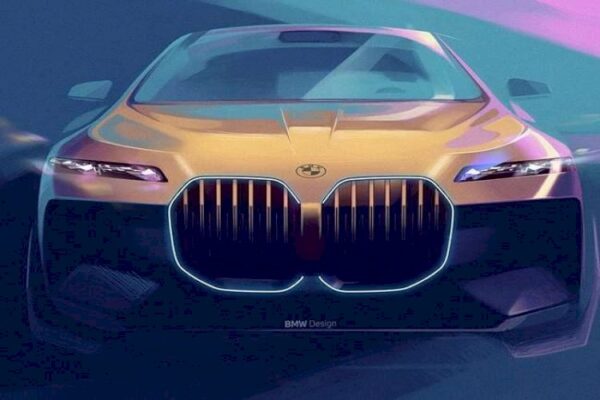
Governments and environmental organizations all throughout the nation are tightening emission standards in response to the growing environmental problems brought on by increased exhaust emissions.
As a result, governments are providing more incentives and subsidies to EV owners, which has increased the demand for environmentally friendly and sustainable transportation, such as EVs.
Even in underdeveloped areas, auto manufacturers are introducing EVs. Mercedes-Benz introduced the EQC SUV, its first luxury electric vehicle, in India in January 2022. Two asynchronous motors—one on each axle—produce a total of 408 horsepower and 765 Nm of torque and power the vehicle. A floor-mounted 85 kWh lithium-ion battery pack has a 400 km range that is WLTP certified.
Additionally, next-generation smart mobility technologies like autonomous driving, personal voice assistance, and retina recognition are a focus of luxury automobile component makers. These technologies are predicted to increase the sales of luxury EVs over the projected period.
Why Did Luxury Car Sales Surge in India?
While the sector witnessed ups and downs during the following ten years, overall optimism remained as seen by sales figures. Even the typical buyer age decreased, going from 45 to the mid-30s.
A new India and a new breed of business people were developing. Companies had started giving graduates from prestigious colleges and institutions larger and healthier salary packages.
All of this increased the number of high-net-worth individuals, expanding the pool of potential buyers. The country’s tier 2 and tier 3 cities experienced economic expansion and development, which increased the demand for luxury vehicles in these cities as well.
There is a strong rationale behind the recent increase in demand and the optimism regarding future expansion and demand for luxury vehicles in India.
• India is currently producing the second-highest number of billionaires worldwide.
• In a contrast to the third or fourth generations earlier, today’s consumers are first-generation business owners.
• The customer base has grown significantly.
• In order to avoid paying high import charges, luxury car makers have boosted localization of production, manufacturing, and assembly.
• As a result, these cars now have significantly lower total costs, which makes them appealing to India’s price-conscious market.
• A sizable market niche has also been found for used premium automobiles.
The introduction of electric vehicles is the other aspect of the luxury car market that is creating a stir with the new generation. It is a desirable purchase because electric vehicles are supported by cutting-edge technology. The majority of luxury automakers are entering the electric vehicle market and preparing to localize their products to keep their prices appealing to consumers.
Recent Developments
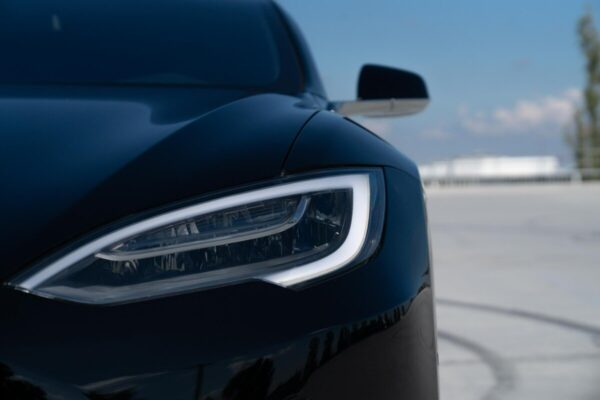
• Under its luxury brand Maybach, Mercedes-Benz India debuted a new S-Class car in March 2022. The 2022 Mercedes Maybach S-Class has a starting price of INR 2.5 crore in India (ex-showroom). There will be locally produced and fully built models of the new Maybach S-Class available (CBU).
• In January of this year, Aston Martin unveiled its first-ever SUV in India for INR 3.82 crore. The SUV has a 4.0-liter twin-turbo V8 engine from Mercedes-AMG that produces 542 horsepower and 700 Nm when paired with a nine-speed automated transmission. The new Q5, a luxury SUV from Audi, will go on sale in India in November 2021 for a starting price of Rs 58.9 lakh. The Q5 is a significant SUV since a sizable portion of its SUV sales in India came from the older model.
• The fifth-generation Jaguar F-Pace with MHV variant debuted on the market in October 2021. Four trim levels of the F-Pace are available from Jaguar: the F-Pace 250, 250 S, S 340, and R-Dynamic S 400. A 3.0 liter, six-cylinder, turbocharged mild hybrid with 335 horsepower powers the S 340. Last but not least, the R-Dynamic S has the same engine but produces 395bhp more power.
Competitive Landscape
Mercedes-Benz, BMW, Audi, Jaguar Land Rover, Lexus, and Volvo are just a few of the industry leaders. Mercedes-Benz, BMW, and Audi are the leading premium automakers in India. By 2021, these automakers have recorded total sales of about 22,500 units. Major luxury auto brands are growing their networks all over the nation. For example,
Audi announced in March 2022 that it will expand its network nationwide and bring in additional brands to grow the market in India. Two battery options for the electric SUV—52 kWh and 77 kWh—are offered internationally in various variations. The Q4 e-Tron is available in SUV and coupe-SUV body styles, just like the e-Tron.
Mercedes-Benz introduced a new business strategy in October 2021 that has assisted in increasing car sales in India. The premium automobile maker plans to provide its clients discounts of between 1-2 lakh INR on the selling price as part of the new strategy.
Future of Luxury Cars in India
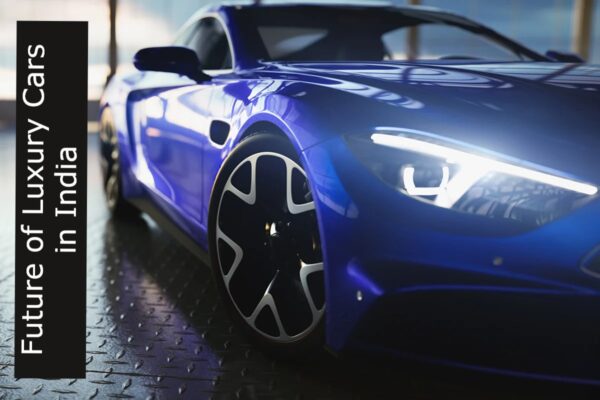
India is a price-sensitive market overall, and this is true even in the premium luxury sector. Luxury automakers have investigated, comprehended, and responded to market issues in India.
Given that only 1% of these brands are now sold in the Indian market, there is significant room for growth in this market category. The Indian economy is expanding quickly, and a new generation of billionaires is emerging quickly, therefore the future is looking well.
Conclusion
With each new introduction and vehicle, it is anticipated that new players will enter the luxury car industry.
This segment’s growth appears to be lucrative and is being fueled by network expansion, deeper market penetration with new and used automobile dealerships, and expansion into supplementary services like car financing and customization.

